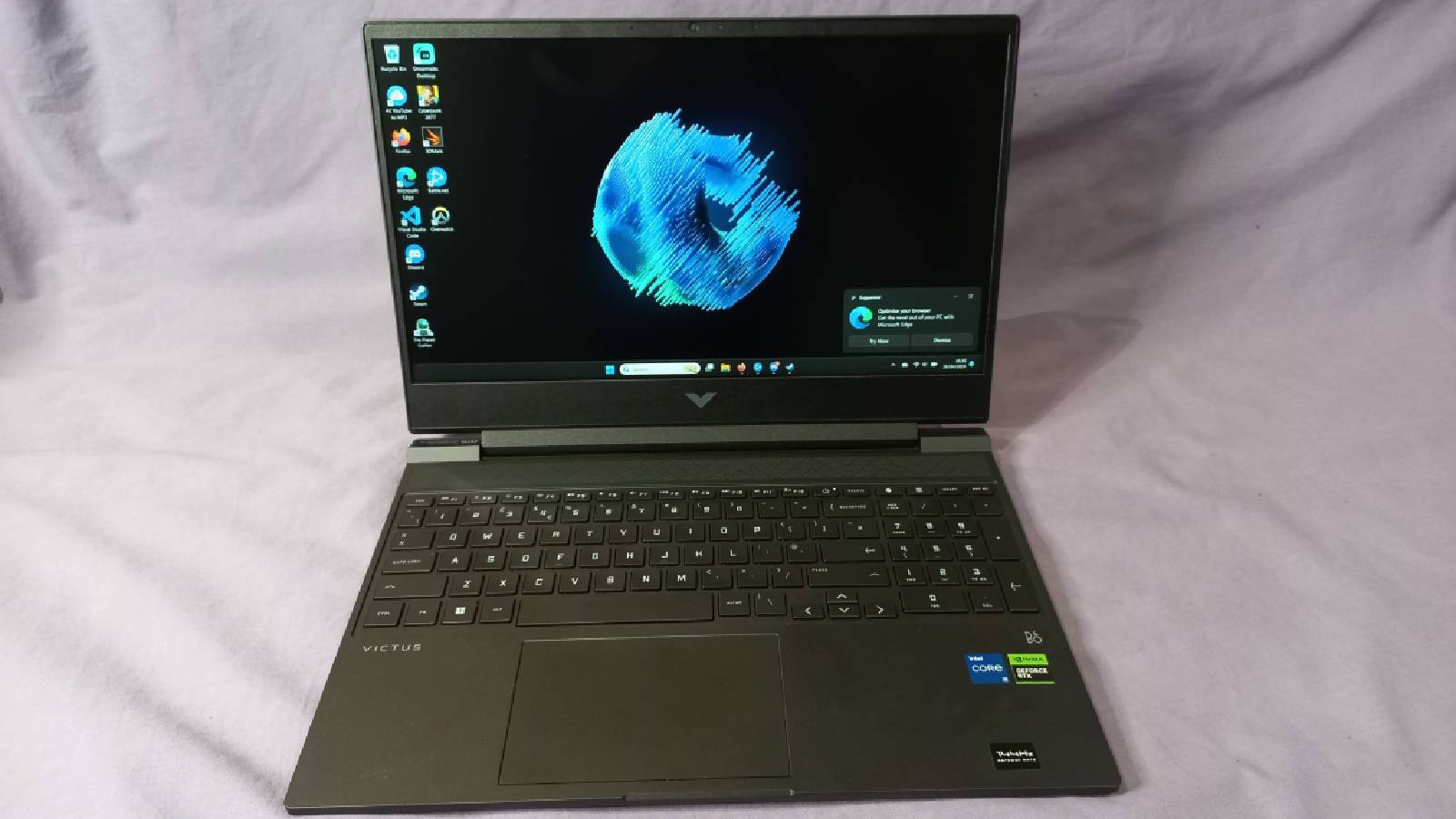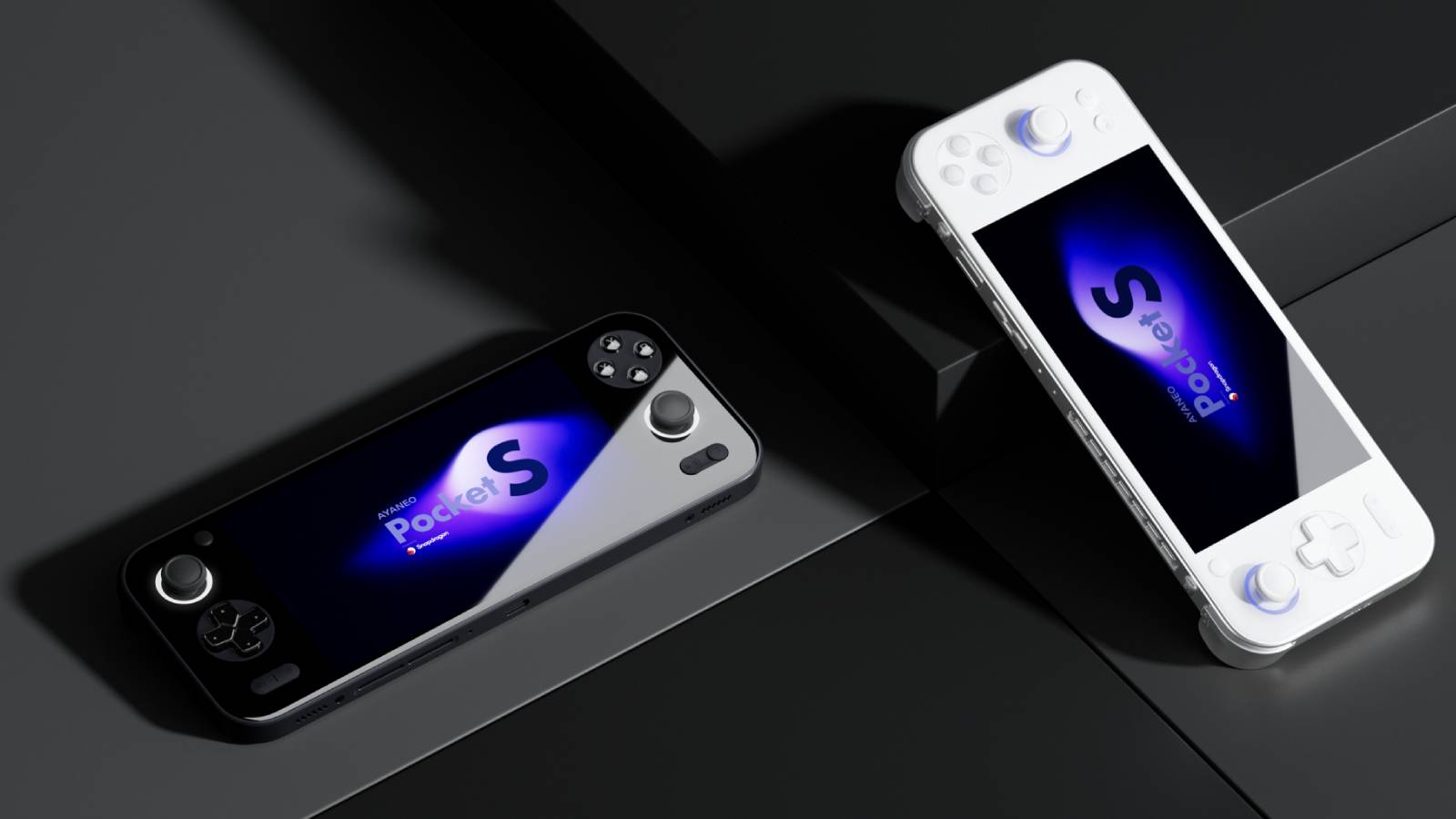DeckHD review: Is it still worth it in a Steam Deck OLED world?
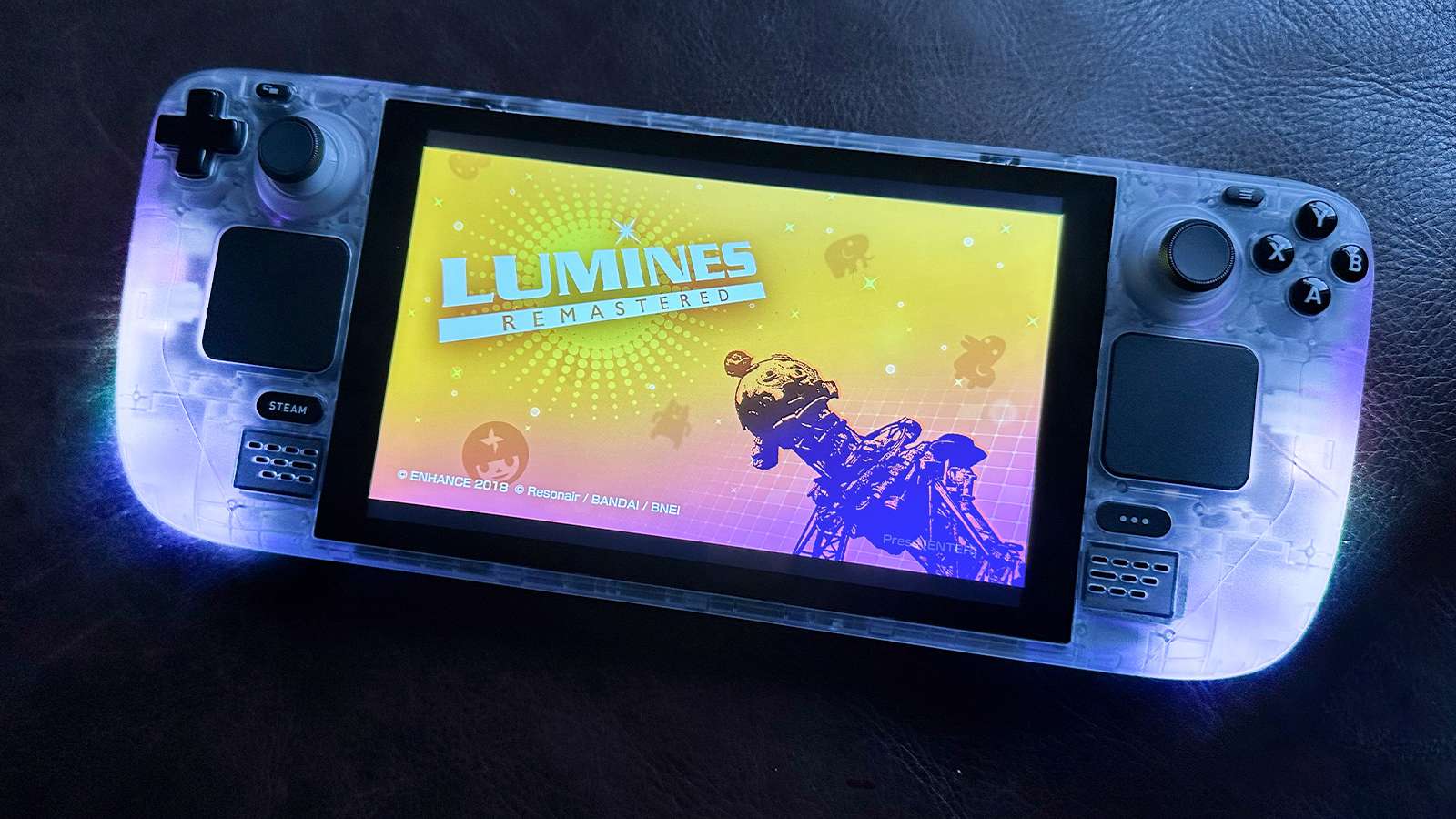 Dexerto
Dexerto The DeckHD is a replacement screen for your Steam Deck, bringing a more vibrant color space and increased resolution. Is it still worth it to buy since the OLED launch?
The DeckHD almost broke me. My Steam Deck was ripped apart for it. The delicate processes and fidgety bits, stripped screws, and ribbon cables made me delirious. For a few weeks, I enjoyed it and then, Valve announced the OLED model.
So where does this leave the DeckHD now? While it brings a higher resolution, anti-glare, and supposedly better colors, is it still worth it? Well, I think it leaves DeckHD in a very unique position.
Key specs
- 1920×1200 Resolution
- 7″ IPS Display
- 87% sRGB Coverage
- 400 nits Screen Brightness
- Anti-glare Coating
Setup
Despite the DeckHD causing immense psychic damage as I saw my Steam Deck strewn across a table, the process isn’t the toughest in the world. It’s not for beginners by any stretch. If you’ve never even opened the Steam Deck up, or bought a microSD in place of replacing the SSD, this is not for you.
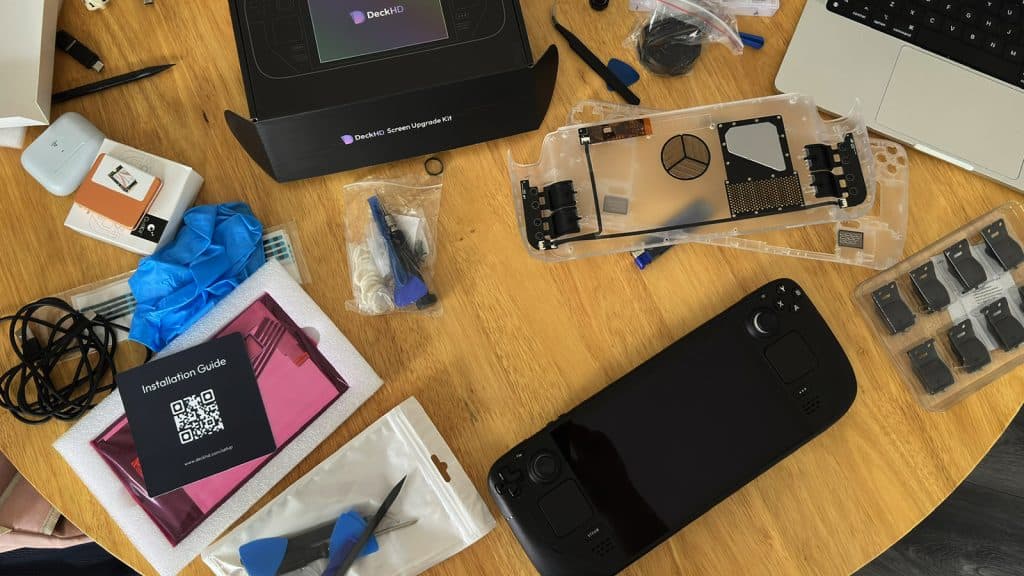
To get to the screen, you need to go through the Deck itself. That means taking out joysticks, triggers, trackpads, and more.
The whole thing took a good day of work to get back together and such, as I replaced the shell and all. In for a penny, in for a pound.
However, DeckHD knows this is a tough project and a delicate one. The package comes with super strong glue strips to stick the screen down, and the instructions are incredibly clear. Even the FAQ is aware of problems with the screen itself like it turning bright white.
Not one angle of the DeckHD hasn’t been considered, and rightly so. It’s commendable that a third-party replacement would take such care with itself, outside of iFixit.
Design
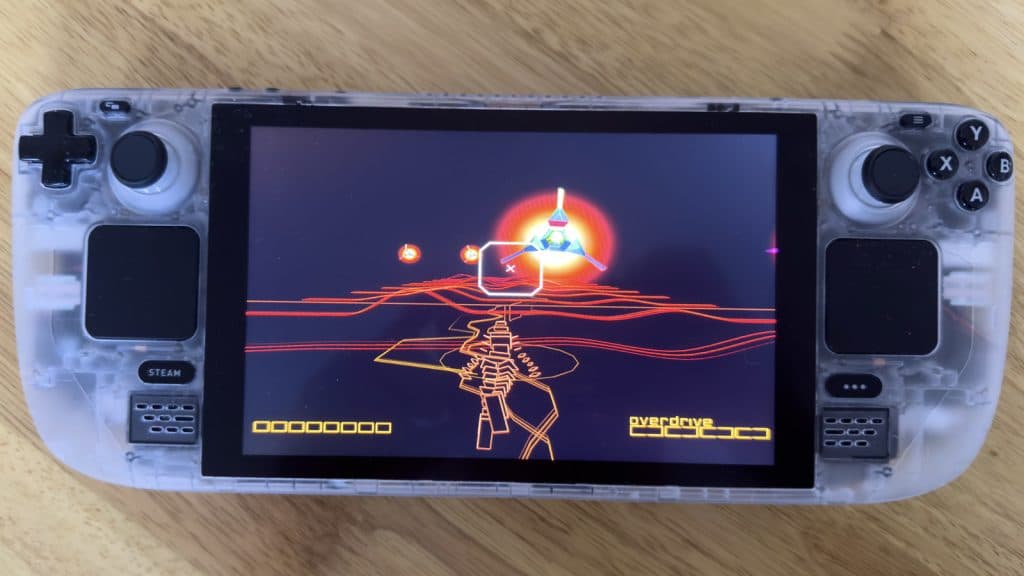
The DeckHD is as basic as it comes in terms of design. It’s a flat IPS panel with a basic connector to the motherboard. Its anti-glare has a smooth, egg-shell feel that heightens the Steam Deck’s overall quality.
This anti-glare material is, however, prone to smudges and fingerprints. With a touch-based device, especially as both trackpads have now broken during a fumble, I don’t want to be always carrying around a microfiber cloth.
The DeckHD hasn’t seen much damage or any real effect me rubbing my sleeve against it now and then, however.
Features
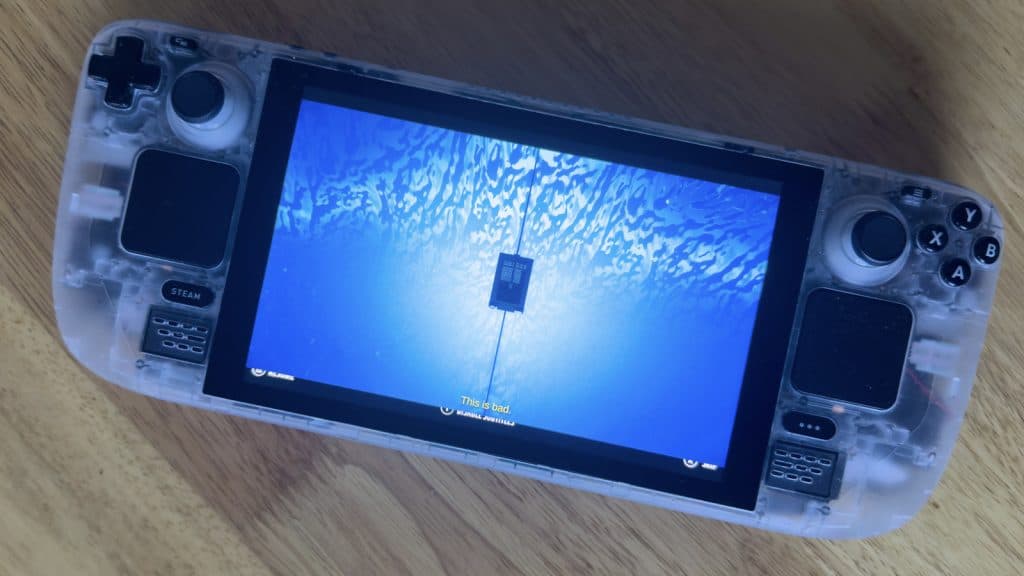
The DeckHD is in fact, was little better in colors than Valve’s LCD Steam Deck. However, the issue is now, it’s hard to compare. With SteamOS 3.5, Valve fixed most of the issues to do with color saturation and space that DeckHD claimed to fix.
Having used the DeckHD on both sides of the update, but no longer in possession of a regular Deck, I saw no real difference. Presumably, this is down to the sRGB coverage already baked in.
Where the DeckHD flourishes is in its increased resolution. While the panel itself isn’t larger, still at the same seven inches, it feels bigger. 1200p is great for usability and older titles, but I did begin to hit a wall in certain use cases. Performance on a chip not designed for anything higher than maybe 1080p in modern AAA titles exceeding that resulted in some bad frame dips.
User interfaces and games look great, and being able to see whole menus without scrolling feels like cheating. There’s a way to scale it back up to match, but I honestly preferred it this way.
The panel itself is an IPS one and is everything as described. It’s vibrant, fairly accurate in its presentation, and does just work – most of the time. It’ll never be the OLED screen, but considering my thought process of where the DeckHD lands, it’s a different conversation now.
DeckHD has been upfront with some of the issues that can hit the screen. I can’t fault them on that level, but it does start to become a bit of a hassle.
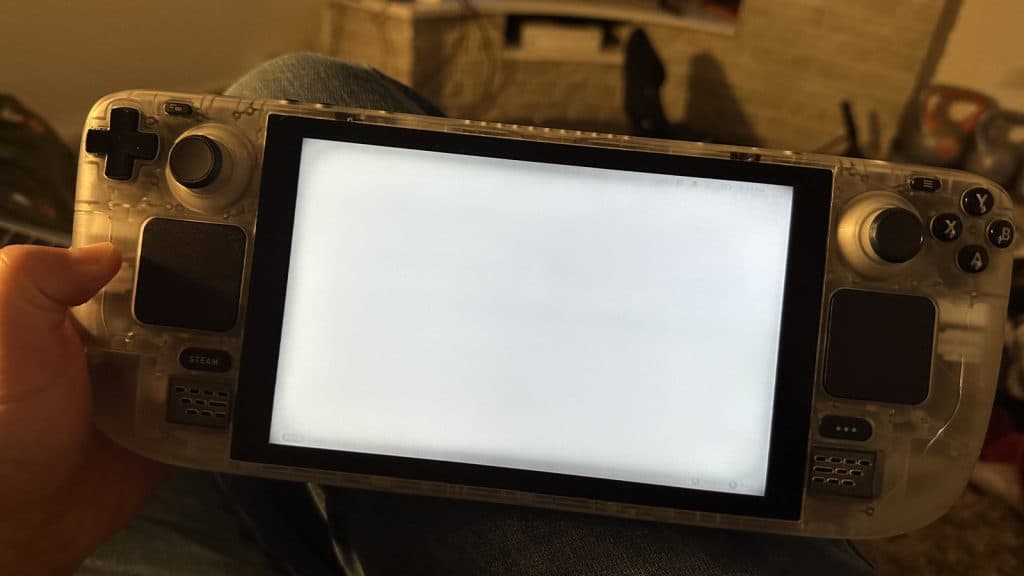
I enjoy tinkering with the Deck, and that sometimes requires a restart to see any changes. Whether it’s a Decky plugin or something similar, you’re always bound to restart the device. Somewhere along the lines between booting and display, the DeckHD will go bright white. There’s an image underneath, but it never clears, like ice on a windshield.
Once I restart the device it usually vanishes, but it’ll be one in every ten reboots that this happens. If you’re someone who likes to power down the device all the way, it’s a hassle.
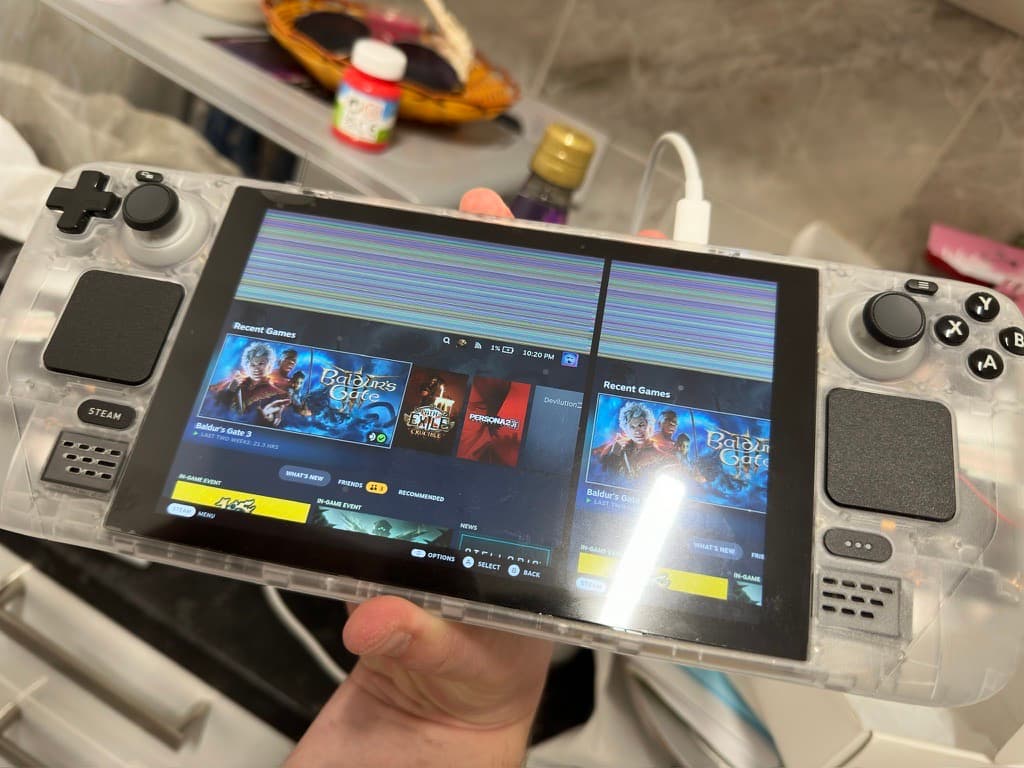
Another problem is that one of the more recent updates from Valve changed something in the BIOS. The DeckHD relies on the BIOS to run, as part of the installation process is to reflash it. If this isn’t done, the screen will be split in two until you fix it.
It also means it’s unusable with touch controls. Having to ensure that the BIOS flashing script is kept on hand at all times is something I don’t want to have to consider with a product like this. Tinkering always comes with caveats, but it feels like DeckHD is potentially fighting an uphill battle as Valve finalizes the software side of things.
Gaming performance
As mentioned above, games look superb on the DeckHD. Its rich colors helped make games like El Paso, Elsewhere shine. However, I never felt comfortable enough to raise the resolution above the bog-standard 800p in meatier games.
I noticed a distinct performance drop outside of the 30FPS range in Resident Evil 4 Remake. Other big titles like Baldur’s Gate 3 also needed the resolution kept at the regular Steam Deck 800p. If the game is tough to run on the Deck already, the DeckHD’s increased resolution options don’t help.
Meanwhile, older games or less intensive games like Dave the Diver looked fantastic and played it too. I loved swimming around with the full 1200p on. In emulation, it also helped with DS and 3DS titles, or just helping us push certain obscure PS2 games past their limits.
Is the DeckHD still worth it?
Look, if you’re buying a new Steam Deck, you should go for the OLED model. There’s no reason to look into the LCD models unless you’re after some savings. The DeckHD is for people who want more. More resolution. More screen real estate. More color. It’s not for the faint of heart or a necessary upgrade.
However, the DeckHD presents a unique opportunity for those with damaged screens. For weeks now, the iFixit kit has been in and out of stock. While the DeckHD is $100, and the 512GB anti-glare screen from iFixit is a few dollars less, at least you can pick up a DeckHD.
This is now a product for those who want to mod the hell out of their Steam Deck or replace a broken screen. It’s not an easy fix, but it comes with all the pleasantries of the 512GB model LCD model. You’ll need to acquire your own spudger and grip for peeling the old screen out though.
Verdict: 3/5
The DeckHD is an impressive third-party replacement and alternative to Valve’s offerings. However, general management of the screen can become a pain after a while. If you’re willing to a couple of small errors and BIOS updates be a part of your regular Steam Deck lifestyle, it’s a project worth looking into.
I really like the DeckHD, and think it’s great that something like this can exist. It’s just that it’s still a very janky scenario to introduce into a concept that was meant to simplify PC gaming. Then again, maybe complicating matters is just the PC gaming way.
If you click on a product link on this page we may earn a small affiliate commission.
